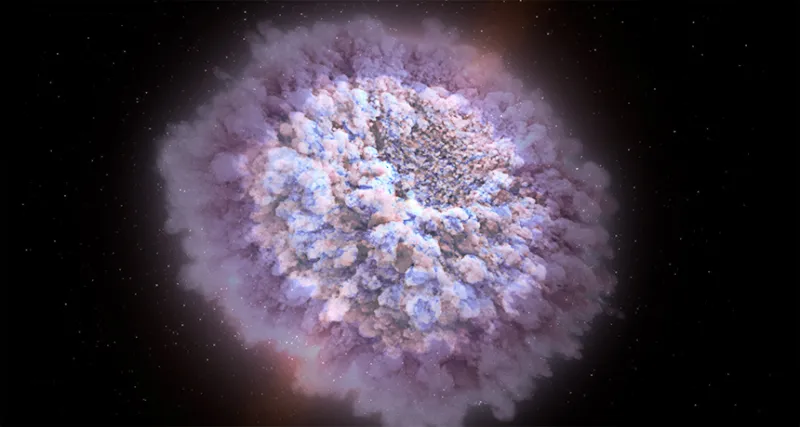Vibration check
Most of us drive across bridges every day and never question their structural integrity. We trust that the bridge will stand. In this activity, students will study a famous bridge collapse and consider how it could have been prevented. They also will learn how engineers are testing whether crowdsourced cell phone data could be used to determine when bridges need repairs. Using simulated data of bridge vibration frequencies, students will identify whether an imaginary bridge might be unstable. Students have the option of creating model bridges and testing their structural integrity.
